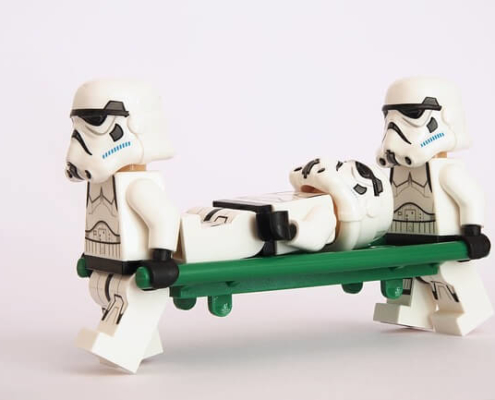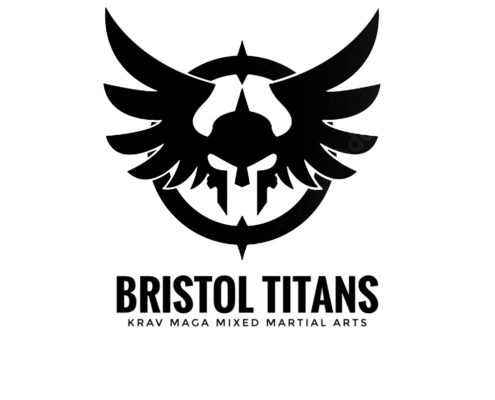 Training with and around Injuries in the martial arts
Training with and around Injuries in the martial arts
If you train in a combat sport or full contact martial arts system then you will no doubt be accustomed to injuries. Taking knocks is a part and parcel of all contact martial arts such as Krav Maga, Boxing, Wrestling, Judo, BJJ and other martial arts. However there are things that can be done so that these injuries do not interrupt your training.
Training around an injury
Most of the best fighters will be ones who learn how to train around an injury. Say for example you hurt your hand and need to rest it for 2 weeks. If you take 2 weeks off training you will lose strength and fitness (typically it takes 6 weeks to increase fitness but you begin to lose gains after 2), you will miss out on 2 weeks of training but more importantly you lose out on the opportunity to learn how to train around an injury.
Learning to train around an injury is essential for anyone training in a combat sport or martial art. Say you are in a fight and you hurt your hand. If you are used to training around your injury in training then you will find it easy to adapt and continue fighting. Many professional fighters at the end of the fight will list injuries they sustained early on in the fight but they were able to work around them. This is because they are used to doing it in training. With a damaged hand the intelligent fighter is then able to use his knees, kicks, clinch, takedowns etc without using that hand.
Early on in the year I sustained a hand injury in training which meant I couldn’t grip with my left hand. Like zero grip strength, I couldn’t even open a bottle. But I still trained wrestling for 7 hours a week drilling and sparring. I just worked around it. This ability to work around an injury carries over into any fight. It took around 6 weeks before I was able to use it again, this gave me 6 weeks training one handed but now if I get into a fight and damage that wrist, my body will be used to fighting under those conditions whereas someone who never trains around these injuries could find themselves unable to adapt and struggling to try and use a broken hand in a fight.
Communicate
In training if you are injured, make sure to tell your partner and your coach. Your coach can give you advice on how to deal with it. And your training partner will need to know so they can avoid making it worse.
Conditioning
The stronger your body is the more able it is to better handle the demands of training. By increasing the frequency of your training you will become fitter and stronger and less prone to injury. This can and should be supplemented by additional strength training either bodyweight or with weights and in conjunction with a good diet. Don’t forget as we get older our body doesn’t synthesize protein as efficiently and so you will need to increase this accordingly to give your body the tools to repair itself.
Don’t forget that if you are new to training it will also take your body time to adapt to the new demands. If your wrists hurt a little after hitting the heavy bag this is perfectly normal. If you worked on a building site carrying buckets of muck (cement) for a day you would probably be sore the next day too. But after a week or two your body would adapt to it. Of course if you only train very rarely then you can expect to feel sore from it but the best way to overcome this is by regular frequent training. You could buy a heavy bag or a makiwara to aid you. Or do some pushups on your knuckles.
Summary
This should help you next time you hurt yourself in training. Instead of taking 6 weeks off to wait for your sore finger to heal, strap it up, apply the appropriate RICE, HARM or MESH protocols and think about how you can continue training – using your other body parts to compensate.

